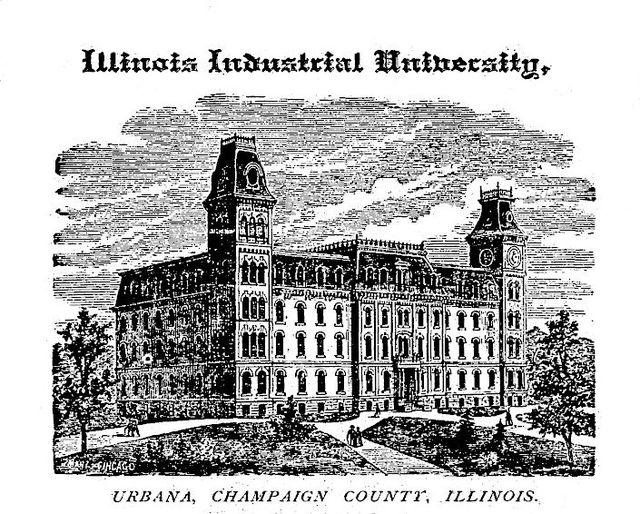The William R. and Clarice V. Spurlock Museum, better known as the Spurlock Museum, is an ethnographic museum at the University of Illinois at Urbana-Champaign. The Spurlock Museum's permanent collection includes portions of collections from other museums and units on the Urbana-Champaign campus such as cultural artifacts from the Museum of Natural History and Department of Anthropology as well as historic clothing from the Bevier Collection of the College of Agricultural, Consumer and Environmental Sciences. The museum also holds objects donated by other institutions and private individuals. With approximately 51,000 objects in its artifact collection, the Spurlock Museum at the University of Illinois at Urbana-Champaign collects, preserves, documents, exhibits, and studies objects of cultural heritage. The museum's main galleries, highlighting the ancient Mediterranean, modern Africa, ancient Egypt, Mesopotamia, East Asia, Oceania, Europe, and the Americas, celebrate the diversity of cultures through time and across the globe.

Spurlock Museum
A private letter on papyrus from Oxyrhynchus, written in a Greek hand of the second century CE (Oxyrhynchus papyrus 932, (1914.21.0010)
Ancient Egyptian statue of the pharaoh Khafre (reproduction)
Cloth from Indonesia
University of Illinois Urbana-Champaign
The University of Illinois Urbana-Champaign is a public land-grant research university in the Champaign–Urbana metropolitan area, Illinois, United States. It is the flagship institution of the University of Illinois system and was established in 1867. With over 53,000 students, the University of Illinois is one of the largest public universities by enrollment in the United States.
University Hall stood from 1871 until 1938 and was replaced by Gregory Hall and the Illini Union. Pieces were used in the erection of Hallene Gateway.
Alma Mater by Lorado Taft, located in front of Altgeld Hall
Engineering Hall is located along Boneyard Creek on the Engineering Campus
Green Street in Campustown








